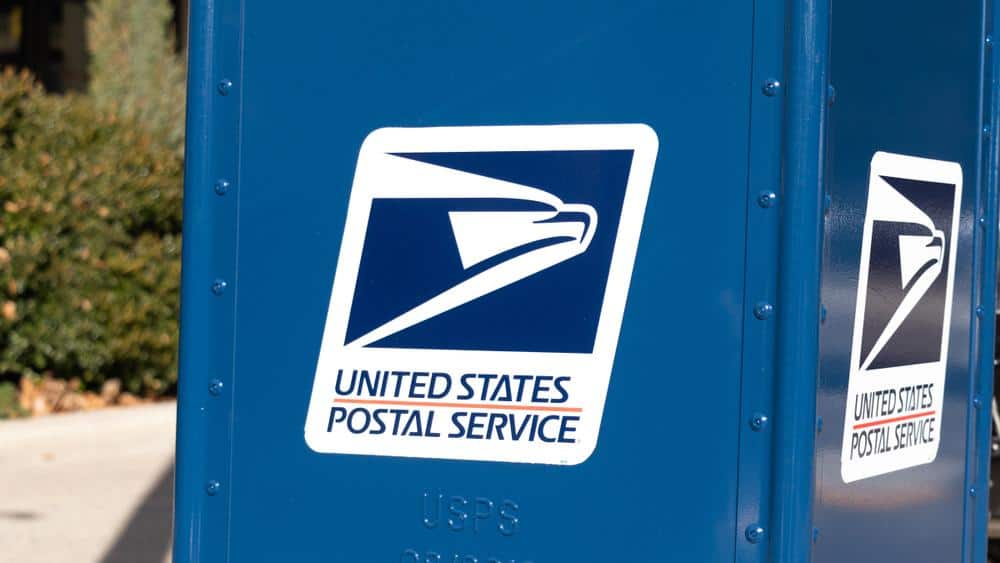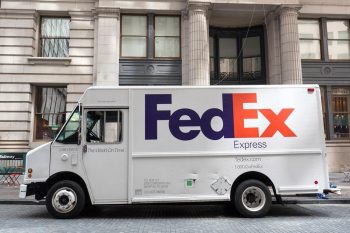
The United States Postal Service (USPS) and the U.S. Postal Inspection Service (USPIS) work in tandem to combat the trafficking of illicit drugs through the mail. Postal Inspectors across the country work diligently to protect postal employees and the American public by eliminating drugs and contraband in the U.S. Mail, both foreign and domestic.
The USPS, in collaboration with the U.S. Postal Inspection Service (USPIS), uses a combination of investigative techniques, trained K9 units, and advanced technology to detect drugs in packages. Suspicious packages are identified based on various factors, including fictitious names or addresses, and differences in zip codes. These packages are then presented to drug K9 for odor detection. In addition, all international packages are screened by U.S. Customs and Border Protection agents. The USPS also employs data analytics, standardized tracking technologies, automated sorting processes, and high-tech analyzers to identify and intercept illicit substances in the mail.
USPS: An Overview
The USPS is one of the oldest institutions in the United States, responsible for delivering mail and packages to millions of homes and businesses every day. Despite its primary function being mail delivery, the USPS also plays a crucial role in ensuring the safety and security of the postal system by preventing the shipment of illegal items.
The Detection Process
The USPS employs several processes to detect drugs in packages. Postal inspectors examine suspicious packages at mail processing centers for narcotics and drug proceeds. Several factors can make a package stand out: fictitious names, addresses, or telephone numbers; taped seams; handwritten labels; source state origin; and differences in zip codes between the return address and the post office from where the package was mailed.
Packages flagged for these reasons are often presented to a drug K9 for odor detection. If the dog alerts, the inspector will likely engage the local drug task force to apply for a warrant to open the package, reseal it, and assist with a controlled delivery where the residence will be searched via another warrant once the package is taken inside.
Moreover, all international packages arriving in the United States are screened by U.S. Customs and Border Protection agents. Roughly 1.7 million packages a day are X-rayed, scanned, and sniffed by dog teams.
The Role of Technology in Drug Detection
The USPS uses advanced technology to identify and intercept illicit substances in the mail. Some of the tools and techniques employed by the USPIS include:
- Data analytics and forensics: The USPIS Cyber and Analytics group uses sophisticated technology to predict patterns and discover insights, allowing them to analyze large data sets with greater accuracy and rapidly increase seizure rates.
- Standardized tracking technologies: The USPIS has linked local, national, and international partners and standardized tracking technologies to enhance targeting efforts and share real-time data with agencies like the Drug Enforcement Agency (DEA), the Organized Crime Drug Enforcement Task Force (OCDETF) Fusion Center, and the U.S. Customs and Border Protection (CBP).
- Automated sorting process: The USPIS employs a robust, automated sorting process at all International Service Centers to quickly track a higher volume of packages. Shared parcel sorting machines help the USPIS and CBP work together to facilitate holds and intercepts.
- Advance Electronic Data (AED): The USPIS is working with CBP and foreign postal operators to ensure AED inside barcodes is on all inbound mail. AED provides detailed information like full names, addresses, weight, date, and more, which can be instantly captured in both outgoing and incoming processing centers, enabling quicker interceptions.
- High-tech analyzers: New high-tech analyzers help USPIS field divisions quickly and safely scan for unknown and illegal drugs, like fentanyl. Inspectors can test over 300 illicit substances without needing to open containers or plastic bags.
Legal Implications of Shipping Drugs via USPS
Shipping drugs via USPS is a serious offense and can lead to severe legal consequences. Since the USPS is a federal entity, any illegal act committed through the USPS system is classified as a felony. Both the sender and the recipient of the package containing drugs will face penalties. Penalties for mailing drugs through USPS depend on the type and weight of the illicit substances within the package. Federal law provides for harsh penalties for mailing drugs, and anyone caught mailing drugs can face up to a year in federal prison and a fine of up to $250,000.
In conclusion, the USPS uses a combination of investigative techniques, intelligence sharing, and strategic partnerships to identify and seize illicit drugs in the mail. By working with various law enforcement agencies and international partners, the USPS plays a crucial role in detecting, deterring, and disrupting drug trafficking through the mail system.
Frequently Asked Questions
What is the U.S. Postal Inspection Service (USPIS)?
The U.S. Postal Inspection Service (USPIS) is the law enforcement arm of the United States Postal Service. Its mission is to protect the Postal Service, its employees, and its customers from criminal attacks, and protect the nation’s mail system from criminal misuse.
What are the signs that a package might be suspicious?
Several factors can make a package suspicious, including fictitious names, addresses, or telephone numbers; taped seams; handwritten labels; source state origin; and differences in zip codes between the return address and the post office from where the package was mailed.
How does USPS use technology to detect drugs?
The USPS uses advanced technology to identify and intercept illicit substances in the mail. This includes data analytics and forensics, standardized tracking technologies, automated sorting processes, Advance Electronic Data (AED), and high-tech analyzers that can detect over 300 illicit substances.
What are the legal consequences of shipping drugs via USPS?
Shipping drugs via USPS is a serious offense and can lead to severe legal consequences. Since the USPS is a federal entity, any illegal act committed through the USPS system is classified as a felony. Both the sender and the recipient of the package containing drugs can face penalties, including up to a year in federal prison and a fine of up to $250,000.
How does USPS cooperate with other agencies to detect drugs?
USPS works closely with various law enforcement agencies and international partners, including the Drug Enforcement Agency (DEA), the Organized Crime Drug Enforcement Task Force (OCDETF) Fusion Center, and the U.S. Customs and Border Protection (CBP). They share real-time data and coordinate efforts to detect, deter, and disrupt drug trafficking through the mail system.












